The Korea Herald is publishing an interview series on some of the world’s most creative minds who have been invited to Korea to share their design philosophies and vision during the Herald Design Week 2013, Oct. 7-11. ― Ed.
It is not always easy to create. It is even more difficult to be creative in that process.
Maggie Macnab, who teaches design theory at Santa Fe University of Art and Design, Institute of American Indian Arts, University of New Mexico and Santa Fe Community College, has been committed to beautiful and functional design and to creative problem solving that is based in the practicality of nature.
The author of “Decoding Design: Understanding and Using Symbols in Visual Communication,” and “Design by Nature: Using Universal Forms and Principles in Design,” will be sharing her insight at the Herald Design Forum on Oct. 8. In a recent email interview with The Korea Herald, the designer spoke about her love for life and nature.
It is not always easy to create. It is even more difficult to be creative in that process.
Maggie Macnab, who teaches design theory at Santa Fe University of Art and Design, Institute of American Indian Arts, University of New Mexico and Santa Fe Community College, has been committed to beautiful and functional design and to creative problem solving that is based in the practicality of nature.
The author of “Decoding Design: Understanding and Using Symbols in Visual Communication,” and “Design by Nature: Using Universal Forms and Principles in Design,” will be sharing her insight at the Herald Design Forum on Oct. 8. In a recent email interview with The Korea Herald, the designer spoke about her love for life and nature.

Q. How do you maintain your creative energy?
A. I keep things diverse. I thrive in challenge. Learning new things creates the energy of inspiration in my life ― as well as consistently interacting with nature and continually learning from it.
Q. How do you start to materialize a design?
A. In general, my process starts with open-sky thinking, that is, not much thinking at all. I have a very open attitude to whatever presents itself. These “takes” can be anything from word associations to symbols to random synchronicities that recur; I pay attention to all of it. I look at my random associations and begin to sort them as potential workable solutions to a design problem. Then I let the brain out of its cage to participate in figuring things out.
Q. How can you create effective and accessible visual communications that translate into any language or culture?
A. Because nature is our first language, and all humans experience living in existentially the same way, applying a basic principle or form from nature as an intrinsic part of the visual message goes a long way to creating a relationship with the audience. Designing in this way provides the “immediate language” of the message; what is read intuitively first and what the senses can grasp.
Q. What is the design direction that you pursue?
A. Truth. Always. Not facts. I leave those for ad execs.
Q. The scope of design is so vast that it is impossible to talk about almost any field without considering design. What is your opinion of the future of design?
A. Design is the cooperation of strategy and creativity: two principles that when added together multiply.
I’m not very happy with the current reality we’ve designed. Let’s design something else that makes sense.
Design thinking can save our world. We’re not going to figure our way out of the mess we’ve created. But we can vision, we can dream, we can reach beyond who we are in this moment in theory. And then, like everything else we’ve ever done, we can invent it. Design thinking is whole thinking. It adds heart to the equation.
Q. What is your advice for aspiring designers?
A. Do what you love. Passion is where your life is and don’t let anyone tell you differently.
By Bae Ji-sook (baejisook@heraldcorp.com)
-
Articles by Korea Herald


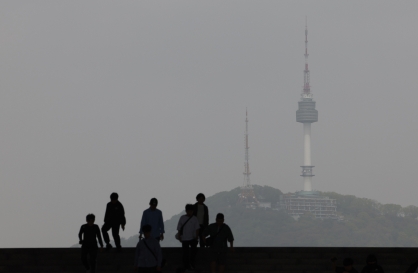
![[AtoZ Korean Mind] Does your job define who you are? Should it?](http://res.heraldm.com/phpwas/restmb_idxmake.php?idx=644&simg=/content/image/2024/05/06/20240506050099_0.jpg&u=)

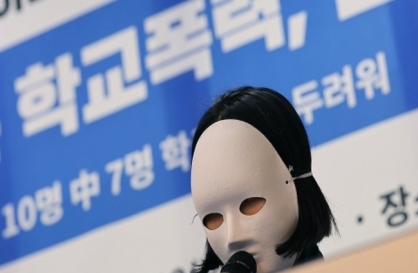



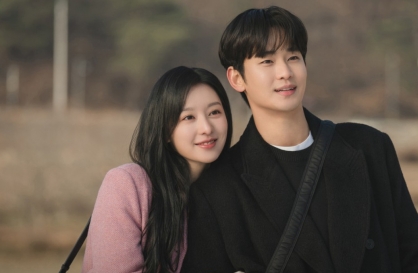

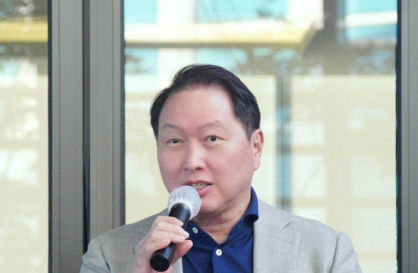


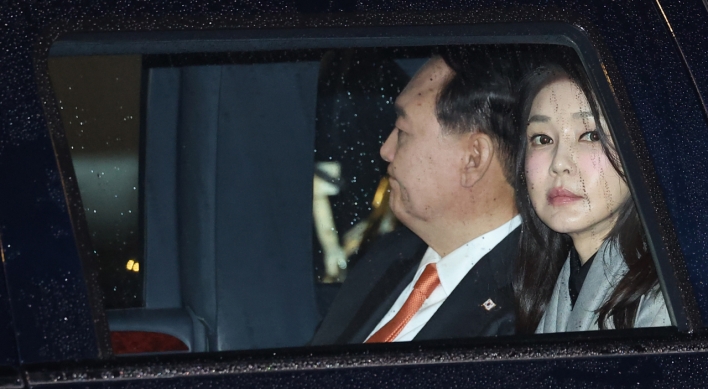

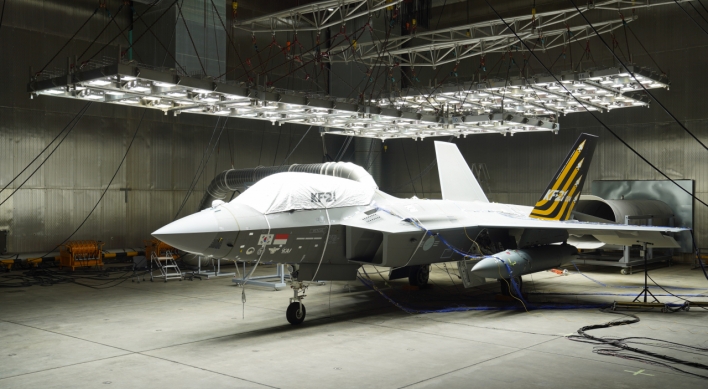
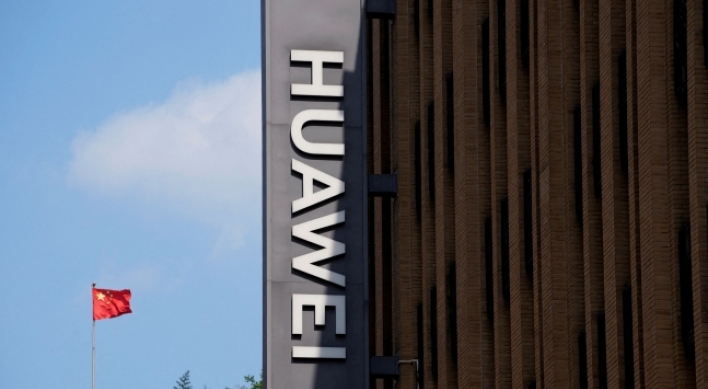

![[K-pop's dilemma] Is Hybe-Ador conflict a case of growing pains?](http://res.heraldm.com/phpwas/restmb_idxmake.php?idx=642&simg=/content/image/2024/05/07/20240507050746_0.jpg&u=)